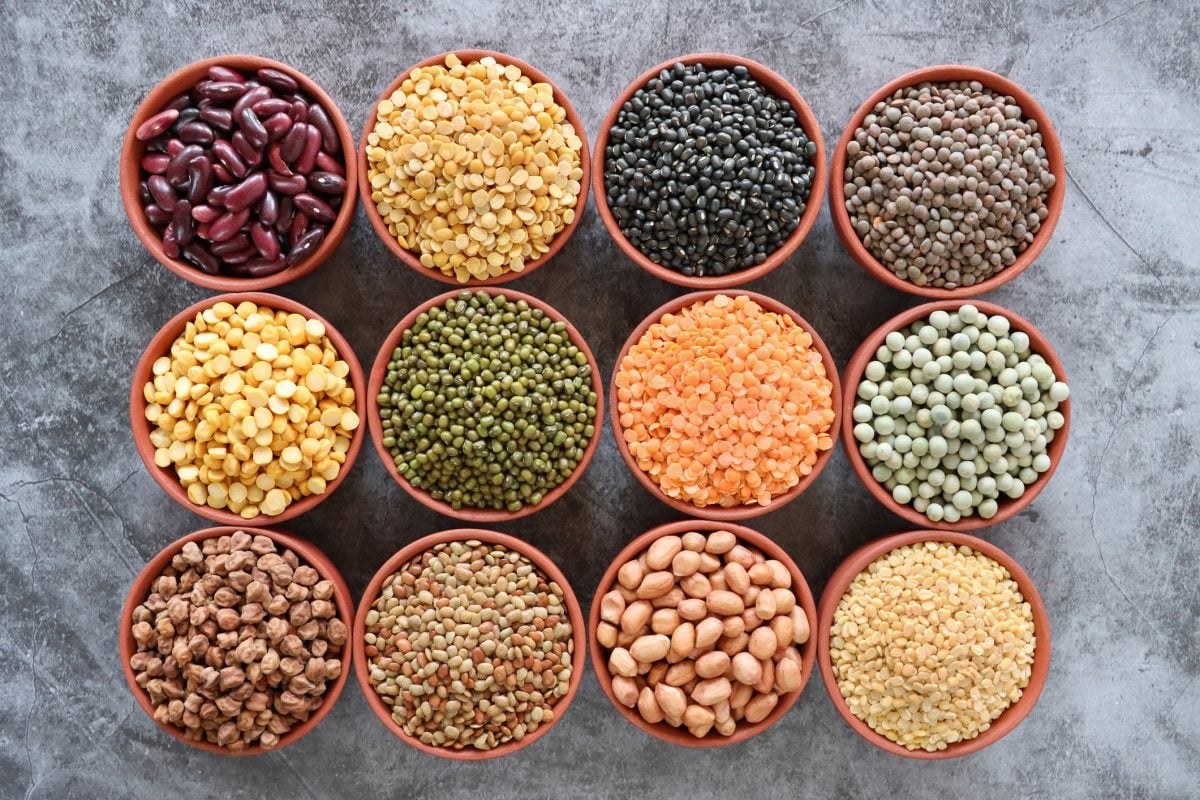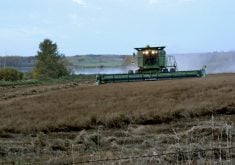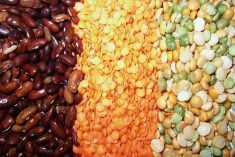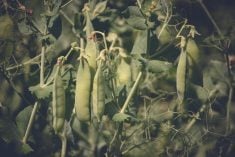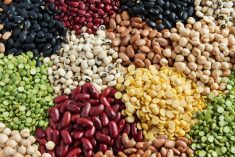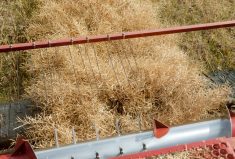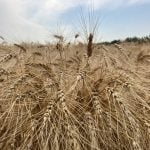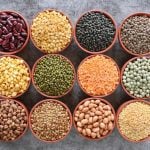Glacier FarmMedia – Saskatchewan Pulse Growers is appreciating a good harvest, as the focus shifts towards finding new international trade partners.
Despite drought conditions in parts of western Saskatchewan, Carl Potts, executive director of SPG, described yields in the majority of the province as “strong” and “higher-than-average” to go with good crop quality.
“I know we had some rain leading into harvest time and during harvest, but it doesn’t seem to have affected the quality of this year’s crop negatively in a major way,” Potts said.
Read Also

Saskatchewan Crop Report: Higher yields reported for many crops
Most crops saw higher than average yields in Saskatchewan as few acres remained to be harvested as of Oct. 20, 2025.
He added that farmers are continuing their fall field work and recent rains will benefit soil moisture going into next year’s growing season.
However, declining crop prices, including those for pulses, as well as trade tensions are putting pressure on growers.
“In many cases, yields have been stronger. The prices that (growers) are receiving for that harvested crop are lower,” Potts said. “But from an overall demand perspective for pulses, it really does depend on the crop.”
Peas are the most burdened by recent trade policies. In March, China imposed a 100 per cent import tax on Canadian peas in retaliation of Canada’s levy on Chinese electric vehicles, steel and aluminum. On Oct. 30, India announced it will implement a 30 per cent import duty on yellow peas effective Nov. 1 at the earliest.
“When you lose your largest market, it definitely has an impact on movement. It definitely has an impact on prices. Prices of yellow peas are down something like 50 per cent from the March timeframe to now. So, demand is a bit on the slower side,” Potts said.
While the Canadian lentil market remained strong this year, overall demand for pulse crops was slow as destination markets work through their own inventories, he added.
“We usually see some strength in exports at harvest time or just following harvest. I think there will be less of a peak than there has been in other years,” Potts explained. “It’s certainly a mixed signal this year.”
While work on the field comes to an end, SPG will continue to work on research and market development. Potts added that SPG is close to securing pulse crop breeding agreements, while at the same time, working with Pulse Canada and provincial pulse bodies to add more potential markets.
“We’ve done work with the United States. We’re supporting work to develop new demand and diversify demand in places like Latin America and Southeast Asia in all kinds of end uses like pet food, human food as well as animal feed,” he said.
“With tariffs in many markets, we’ve placed an increased emphasis on that market diversification work.”


